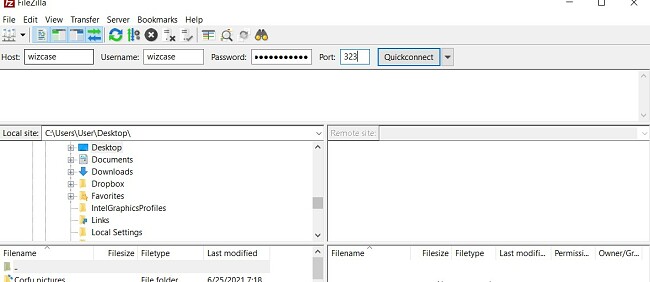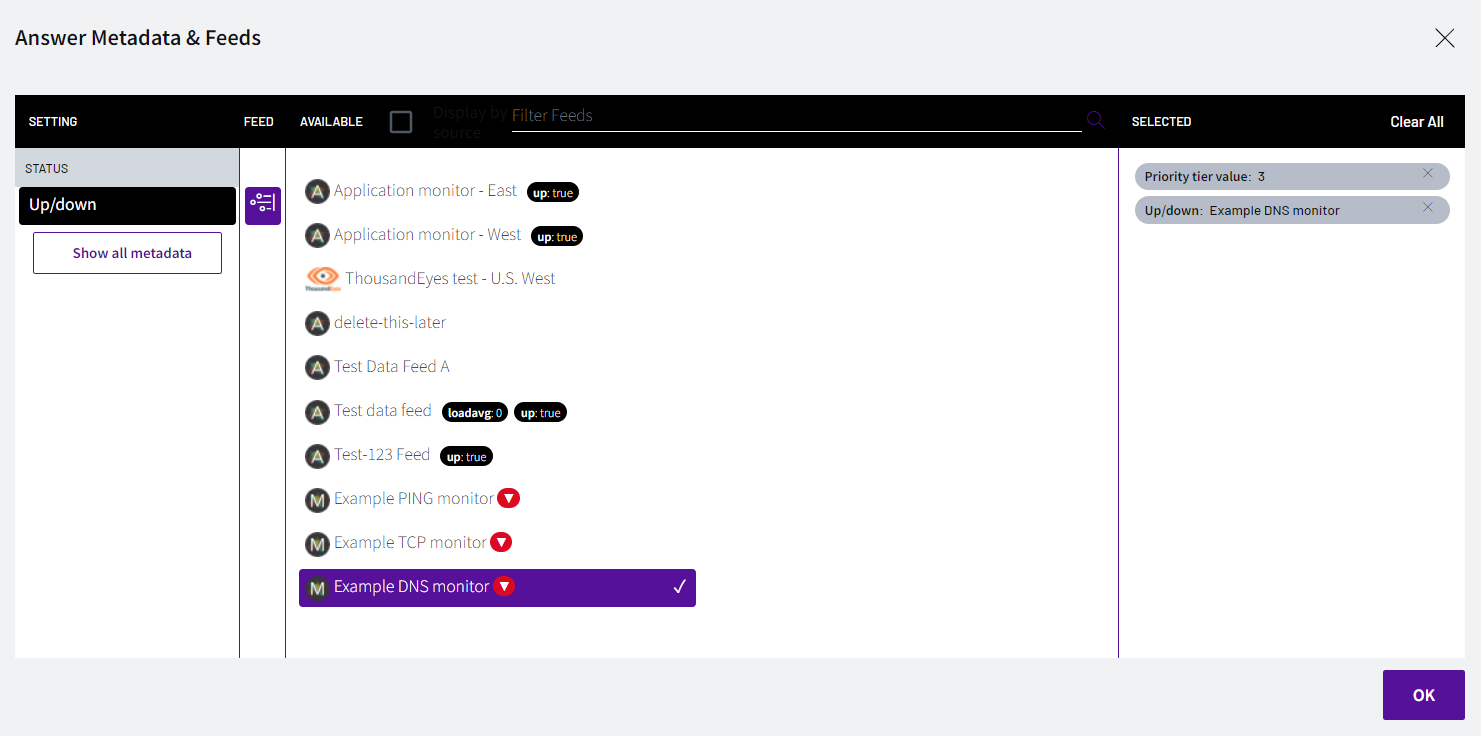
Linux web servers have become popular over the years. NGINX, Apache, and NGINX have enjoyed significant popularity. However, the UFW barrier can be a problem if you are trying to integrate peripherals with them. Linux security regularly releases security updates. Our articles on Apache, Nginx or LiteSpeed enterprise provide more details.
CentOS
CentOS is a secure and stable operating system for your Linux web server. Although it may run older versions of some applications, security updates are backported from Redhat, making it a good choice for medium-size businesses and websites that need to run cPanel. While the CentOS user base is smaller than Ubuntu's, it still has an active online community and premium support options.
CentOS is a very popular system administrator tool. It can be used with cPanel Webmin or DirectAdmin. It is also widely used in corporate IT applications. Despite the relatively slow release schedule, many medium-sized businesses still prefer CentOS over other Linux variants.

Nginx
Nginx can host websites. Apache and Nginx support server blocks. You can host multiple domains on the same server. You can create a server bloc named your_domain to host your blog.
The advantage of Nginx is that it is much faster than Apache. It uses less CPU per request than Apache, meaning it will not use up as many server resources. Nginx can process thousands of connections per thread.
OpenLiteSpeed Enterprise
OpenLiteSpeed for Linux is a powerful web server with many features. By default, it runs on port 8088. You can change the port by configuring it in the platform's interface. To ensure that your website is functional, you'll need to grant certain ports access.
The LiteSpeed server runs at lightning fast speeds. This results in higher search engine rankings and social media engagement as well as higher return visits. It has a secure memory cache that protects your site from hackers. It has been designed with security and is particularly important for online companies.

LiteSpeed Enterprise
The LiteSpeed Enterprise linux Web server has many great features. AWStats can be used to track website visitors. This open-source tool produces detailed statistics about how many visitors visited your website. AWStats can be enabled or disabled, just like most web servers.
The LiteSpeed server code base is optimized to run at lightning speeds. This can increase your search engine placement, social engagement, repeat visits, and organic search engine placement. It features file integrity monitoring and secure memories cache to prevent hacking or data loss. This makes it an ideal choice for companies that rely heavily on their websites.
Solaris
Solaris is an Unix like operating system. It includes a number useful utilities such as the Oracle Cluster Console Tool which allows you to manage multiple machines at once. It helps you to fix disk contention issues when sharing storage. wgrep can also be used to analyze the operating systems. This windowing grep grabs X lines immediately before and after a match. Solaris 10 features include boot-up logs as well as the ability change the output of the boot console.
FAQ
How To Create A Static Website
To create your first static website, you'll need to choose between two options:
-
Content Management System (a.k.a. WordPress: This software can be downloaded and installed on your computer. Then you can use it to create an essential website.
-
Create a static HTML website: You'll need to code your HTML/CSS code. It's not hard to do if you already understand HTML.
It is worth hiring an expert if you want to build large websites.
But starting, you should probably go with option 2.
Can I use a Template or Framework on My Website?
Yes! A lot of people use prebuilt templates or frameworks to create websites. These templates have all the code you need to display your information on your website.
Some of the most well-known templates are:
WordPress - the most widely used CMS
Joomla - Joomla is another popular open-source CMS
Drupal - An enterprise-level solution for large companies
Expression Engine - a proprietary CMS from Yahoo
There are hundreds of templates available for every platform. It should not be difficult to find the right one.
What is a website static?
A static website is a site where all content are stored on a server, and visitors can access it via web browsers.
The term "static” refers the fact that there is no dynamic feature such as changing images or video, animations etc.
This site was initially designed for corporate intranets, but it has been adopted by individuals or small businesses who desire simple websites that don't require complex programming.
Because static websites require less maintenance, they have grown in popularity. Static sites are easier to maintain and update than fully-featured websites with multiple components (such as blogs).
They load much faster than dynamic counterparts. They are great for people who use mobile devices and have slow Internet connections.
A static website is more secure than its dynamic counterparts. You can't hack into a static site. Hackers have only access to data stored in a database.
There are two main ways you can create a static web site.
-
A Content Management System (CMS),
-
Static HTML Website Creation
Which one is best for you depends on your needs. A CMS is the best choice for anyone who is new to building websites.
Why? Because it gives you complete control over your website. A CMS eliminates the need for a professional to set up your site. Upload files to the website server.
Still, you can learn to code and create static websites. However, you will need to put in some time to learn how to program.
Statistics
- It's estimated that chatbots could reduce this by 30%. Gone are the days when chatbots were mere gimmicks – now, they're becoming ever more essential to customer-facing services. (websitebuilderexpert.com)
- It's estimated that in 2022, over 2.14 billion people will purchase goods and services online. (wix.com)
- Did you know videos can boost organic search traffic to your website by 157%? (wix.com)
- The average website user will read about 20% of the text on any given page, so it's crucial to entice them with an appropriate vibe. (websitebuilderexpert.com)
- At this point, it's important to note that just because a web trend is current, it doesn't mean it's necessarily right for you.48% of people cite design as the most important factor of a website, (websitebuilderexpert.com)
External Links
How To
How do I get started in UI Design?
There are two paths to becoming a UI design:
-
You can earn a degree in UI Design by going to school.
-
You can become a freelancer.
If you want to go through school, you'll need to attend college or university and complete four years of study. This includes business, psychology and computer science.
There are also state universities and community colleges that offer classes. Some schools offer tuition-free programs while others charge tuition.
After graduating, you'll need to find employment. If you plan to work for your own business, you need to establish a client base. It is vital to build a network of professionals so they are aware that you exist.
Internships are also available at web application development companies. Many companies hire interns in order to gain valuable experience before they hire full-time employees.
Your portfolio will help to get you more work. Your portfolio should include work samples as well as details of the projects that you have worked on.
It's a smart idea for you to send your portfolio by email to potential employers.
You will need to market your services as a freelancer. You can list your services on job boards such Assure, Guru, Freelance, Guru and Upwork.
Freelancers are often assigned by recruiters posting job openings online. These recruiters find qualified candidates for specific jobs.
These recruiters provide candidates with a project description that details the position's requirements.
Freelancers are not required by law to sign any long-term agreements. It is best to negotiate an upfront fee if you intend to move forward.
Designers prefer working directly with clients over working through agencies. Although this may sound great, many lack the necessary skills.
Agency workers have a deep understanding of the industry in which they are working. They can also access specialized training and resources that will allow them to produce top-quality work.
Aside from these benefits, agency workers are often paid a higher hourly pay.
However, the disadvantage of working with an agency is not having direct contact with your employer.
To succeed as a UI designer, you must be self-motivated, creative, organized, flexible, detail-oriented, analytical, and communicative.
Excellent communication skills are also required.
UI designers create user interfaces and visual elements for websites.
They are also responsible to ensure the site meets user needs.
This includes understanding the information that visitors require and how the site should function.
Wireframes can be created by UI designers with a variety tools. Wireframing helps them visualize the layout of a page before beginning their designs.
Wireframe templates are available online, making it easy for anyone to create their own wireframes.
Some designers focus solely on UI design, while others combine UI design with graphic design.
Graphic designers use software such as Photoshop to edit images.
They then use Adobe InDesign to lay out pages and layouts.
Photographers capture images using digital cameras or DSLRs.
They then upload the pictures to a photo editing program where they add text captions, filters, and other effects.
Afterward, the photographer saves the image in a file format compatible with the website.
It is crucial to consider all aspects when designing a website.
This includes research and planning, wireframing, prototyping testing, coding, content creation and publishing.
Research - Before you start a new project, it's important to do thorough research.
Planning - After you have completed your research, it's time to start creating a plan.
Wireframing: A wireframe is a sketch of a website or application.
Prototyping: Prototypes can help to ensure that the final product meets the initial vision.
Testing - The prototype should undergo multiple rounds of testing to ensure it works properly.
Coding – Coding is the art of writing computer codes.
Content Creation - This includes everything from managing social media accounts to writing copy.
Publishing means uploading files onto a server and making the site accessible.
As a freelance UX/UI designer, you will need to learn about different projects.
Some companies may only need wire frames while others require complete prototypes.
Depending on the type of project you accept, you may be asked to complete specific tasks.
If you are hired to create wireframes for a company, you may be expected to produce several wireframes each time.
If you're hired to create a complete prototype, you may be required to develop a fully functional version of the site.
Strong interpersonal skills are important regardless of the project type.
Referring freelancers is the best way to get work. It's important to establish good relationships with potential employers.
You must also be able communicate clearly both verbally as well as in writing.
A portfolio is an important part of any freelancer's arsenal.
It is a showcase of your work and a demonstration of your ability produce high-quality outputs.
This can be done online by creating a portfolio.
You can find similar websites to yours online to help you get started.
Next, search these sites to discover which site offers what services.
Once you identify what you think are the best practices, go ahead and adopt them.
It's also useful to include links from your portfolio in your resume.